-
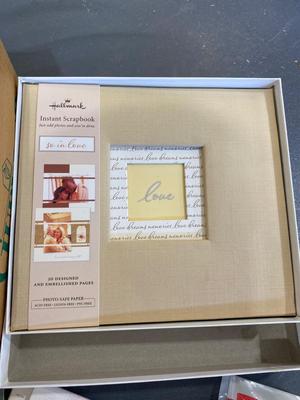
. 4401 / 4752 sold -
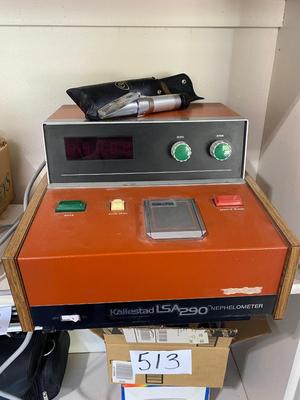
A nephelometer is an instrument dedicated to the measurement of the turbidity or cloudiness of a sample. Turbidity is usually caused by the presence of insoluble particles suspended in a liquid or gas. A nephelometer is used to measure light scattering (light reflected off the particles in a sample), not the attenuation of light (absorbance) caused by turbidity. Nephelometer microplate readers measure insoluble particles present in liquid solutions in the well of a microplate. The solution in the well is hit by a light beam perpendicular to the plane of the microplate. Suspended particles in the solution will scatter this light beam. In the nephelometer, scattering light is collected by a detector set to one side at 90° of the light source. The output of the instrument is the intensity of scattering. Particle density is calculated as a function of light scattering. To some extent, scattering for a given density of particles is dependent on specific properties of the particles such as their size, colour, and shape. Nephelometer microplate readers are instruments mainly used for monitoring turbidity and particulate presence in various fields, such as drug discovery and screening, academic life science research, and water quality monitoring. In water quality testing, scattering instruments are also referred to as turbidimeters. There is a wide variety of instruments on the market for different scattering or turbidity applications. Differences between instruments mainly depend on the position and angle between the light source and detector. Part of nephelometry but not relevant to nephelometer microplate readers is the measurement of aerosol scattering (e.g. dust pollution in the air), or the study of planetary atmospheres by gas-phase nephelometers. 4402 / 4752 sold -
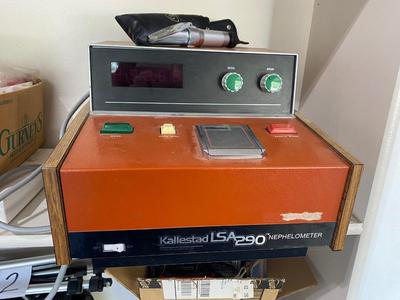
A nephelometer is an instrument dedicated to the measurement of the turbidity or cloudiness of a sample. Turbidity is usually caused by the presence of insoluble particles suspended in a liquid or gas. A nephelometer is used to measure light scattering (light reflected off the particles in a sample), not the attenuation of light (absorbance) caused by turbidity. Nephelometer microplate readers measure insoluble particles present in liquid solutions in the well of a microplate. The solution in the well is hit by a light beam perpendicular to the plane of the microplate. Suspended particles in the solution will scatter this light beam. In the nephelometer, scattering light is collected by a detector set to one side at 90° of the light source. The output of the instrument is the intensity of scattering. Particle density is calculated as a function of light scattering. To some extent, scattering for a given density of particles is dependent on specific properties of the particles such as their size, colour, and shape. Nephelometer microplate readers are instruments mainly used for monitoring turbidity and particulate presence in various fields, such as drug discovery and screening, academic life science research, and water quality monitoring. In water quality testing, scattering instruments are also referred to as turbidimeters. There is a wide variety of instruments on the market for different scattering or turbidity applications. Differences between instruments mainly depend on the position and angle between the light source and detector. Part of nephelometry but not relevant to nephelometer microplate readers is the measurement of aerosol scattering (e.g. dust pollution in the air), or the study of planetary atmospheres by gas-phase nephelometers. 4403 / 4752 sold -
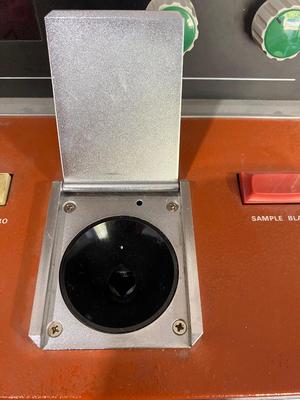
A nephelometer is an instrument dedicated to the measurement of the turbidity or cloudiness of a sample. Turbidity is usually caused by the presence of insoluble particles suspended in a liquid or gas. A nephelometer is used to measure light scattering (light reflected off the particles in a sample), not the attenuation of light (absorbance) caused by turbidity. Nephelometer microplate readers measure insoluble particles present in liquid solutions in the well of a microplate. The solution in the well is hit by a light beam perpendicular to the plane of the microplate. Suspended particles in the solution will scatter this light beam. In the nephelometer, scattering light is collected by a detector set to one side at 90° of the light source. The output of the instrument is the intensity of scattering. Particle density is calculated as a function of light scattering. To some extent, scattering for a given density of particles is dependent on specific properties of the particles such as their size, colour, and shape. Nephelometer microplate readers are instruments mainly used for monitoring turbidity and particulate presence in various fields, such as drug discovery and screening, academic life science research, and water quality monitoring. In water quality testing, scattering instruments are also referred to as turbidimeters. There is a wide variety of instruments on the market for different scattering or turbidity applications. Differences between instruments mainly depend on the position and angle between the light source and detector. Part of nephelometry but not relevant to nephelometer microplate readers is the measurement of aerosol scattering (e.g. dust pollution in the air), or the study of planetary atmospheres by gas-phase nephelometers. 4404 / 4752 sold -
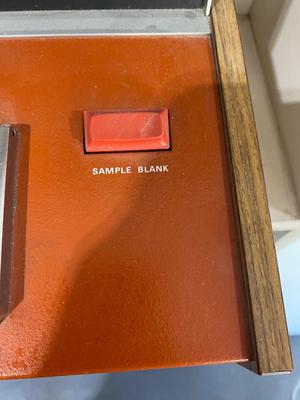
A nephelometer is an instrument dedicated to the measurement of the turbidity or cloudiness of a sample. Turbidity is usually caused by the presence of insoluble particles suspended in a liquid or gas. A nephelometer is used to measure light scattering (light reflected off the particles in a sample), not the attenuation of light (absorbance) caused by turbidity. Nephelometer microplate readers measure insoluble particles present in liquid solutions in the well of a microplate. The solution in the well is hit by a light beam perpendicular to the plane of the microplate. Suspended particles in the solution will scatter this light beam. In the nephelometer, scattering light is collected by a detector set to one side at 90° of the light source. The output of the instrument is the intensity of scattering. Particle density is calculated as a function of light scattering. To some extent, scattering for a given density of particles is dependent on specific properties of the particles such as their size, colour, and shape. Nephelometer microplate readers are instruments mainly used for monitoring turbidity and particulate presence in various fields, such as drug discovery and screening, academic life science research, and water quality monitoring. In water quality testing, scattering instruments are also referred to as turbidimeters. There is a wide variety of instruments on the market for different scattering or turbidity applications. Differences between instruments mainly depend on the position and angle between the light source and detector. Part of nephelometry but not relevant to nephelometer microplate readers is the measurement of aerosol scattering (e.g. dust pollution in the air), or the study of planetary atmospheres by gas-phase nephelometers. 4405 / 4752 sold -
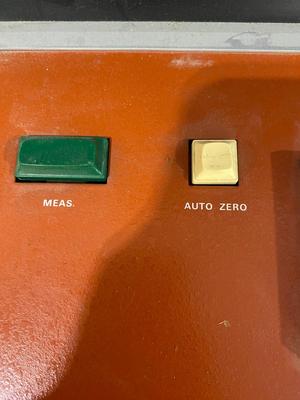
A nephelometer is an instrument dedicated to the measurement of the turbidity or cloudiness of a sample. Turbidity is usually caused by the presence of insoluble particles suspended in a liquid or gas. A nephelometer is used to measure light scattering (light reflected off the particles in a sample), not the attenuation of light (absorbance) caused by turbidity. Nephelometer microplate readers measure insoluble particles present in liquid solutions in the well of a microplate. The solution in the well is hit by a light beam perpendicular to the plane of the microplate. Suspended particles in the solution will scatter this light beam. In the nephelometer, scattering light is collected by a detector set to one side at 90° of the light source. The output of the instrument is the intensity of scattering. Particle density is calculated as a function of light scattering. To some extent, scattering for a given density of particles is dependent on specific properties of the particles such as their size, colour, and shape. Nephelometer microplate readers are instruments mainly used for monitoring turbidity and particulate presence in various fields, such as drug discovery and screening, academic life science research, and water quality monitoring. In water quality testing, scattering instruments are also referred to as turbidimeters. There is a wide variety of instruments on the market for different scattering or turbidity applications. Differences between instruments mainly depend on the position and angle between the light source and detector. Part of nephelometry but not relevant to nephelometer microplate readers is the measurement of aerosol scattering (e.g. dust pollution in the air), or the study of planetary atmospheres by gas-phase nephelometers. 4406 / 4752 sold -
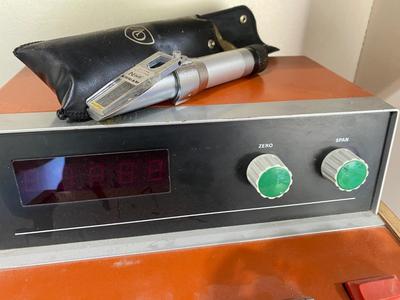
A nephelometer is an instrument dedicated to the measurement of the turbidity or cloudiness of a sample. Turbidity is usually caused by the presence of insoluble particles suspended in a liquid or gas. A nephelometer is used to measure light scattering (light reflected off the particles in a sample), not the attenuation of light (absorbance) caused by turbidity. Nephelometer microplate readers measure insoluble particles present in liquid solutions in the well of a microplate. The solution in the well is hit by a light beam perpendicular to the plane of the microplate. Suspended particles in the solution will scatter this light beam. In the nephelometer, scattering light is collected by a detector set to one side at 90° of the light source. The output of the instrument is the intensity of scattering. Particle density is calculated as a function of light scattering. To some extent, scattering for a given density of particles is dependent on specific properties of the particles such as their size, colour, and shape. Nephelometer microplate readers are instruments mainly used for monitoring turbidity and particulate presence in various fields, such as drug discovery and screening, academic life science research, and water quality monitoring. In water quality testing, scattering instruments are also referred to as turbidimeters. There is a wide variety of instruments on the market for different scattering or turbidity applications. Differences between instruments mainly depend on the position and angle between the light source and detector. Part of nephelometry but not relevant to nephelometer microplate readers is the measurement of aerosol scattering (e.g. dust pollution in the air), or the study of planetary atmospheres by gas-phase nephelometers. 4407 / 4752 sold -
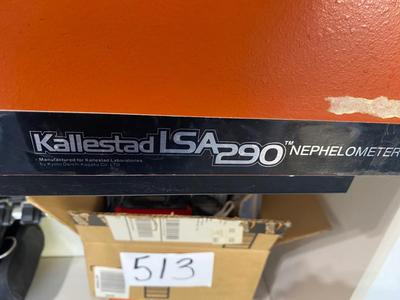
A nephelometer is an instrument dedicated to the measurement of the turbidity or cloudiness of a sample. Turbidity is usually caused by the presence of insoluble particles suspended in a liquid or gas. A nephelometer is used to measure light scattering (light reflected off the particles in a sample), not the attenuation of light (absorbance) caused by turbidity. Nephelometer microplate readers measure insoluble particles present in liquid solutions in the well of a microplate. The solution in the well is hit by a light beam perpendicular to the plane of the microplate. Suspended particles in the solution will scatter this light beam. In the nephelometer, scattering light is collected by a detector set to one side at 90° of the light source. The output of the instrument is the intensity of scattering. Particle density is calculated as a function of light scattering. To some extent, scattering for a given density of particles is dependent on specific properties of the particles such as their size, colour, and shape. Nephelometer microplate readers are instruments mainly used for monitoring turbidity and particulate presence in various fields, such as drug discovery and screening, academic life science research, and water quality monitoring. In water quality testing, scattering instruments are also referred to as turbidimeters. There is a wide variety of instruments on the market for different scattering or turbidity applications. Differences between instruments mainly depend on the position and angle between the light source and detector. Part of nephelometry but not relevant to nephelometer microplate readers is the measurement of aerosol scattering (e.g. dust pollution in the air), or the study of planetary atmospheres by gas-phase nephelometers. 4408 / 4752 sold -
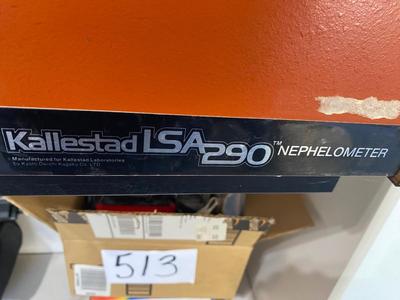
A nephelometer is an instrument dedicated to the measurement of the turbidity or cloudiness of a sample. Turbidity is usually caused by the presence of insoluble particles suspended in a liquid or gas. A nephelometer is used to measure light scattering (light reflected off the particles in a sample), not the attenuation of light (absorbance) caused by turbidity. Nephelometer microplate readers measure insoluble particles present in liquid solutions in the well of a microplate. The solution in the well is hit by a light beam perpendicular to the plane of the microplate. Suspended particles in the solution will scatter this light beam. In the nephelometer, scattering light is collected by a detector set to one side at 90° of the light source. The output of the instrument is the intensity of scattering. Particle density is calculated as a function of light scattering. To some extent, scattering for a given density of particles is dependent on specific properties of the particles such as their size, colour, and shape. Nephelometer microplate readers are instruments mainly used for monitoring turbidity and particulate presence in various fields, such as drug discovery and screening, academic life science research, and water quality monitoring. In water quality testing, scattering instruments are also referred to as turbidimeters. There is a wide variety of instruments on the market for different scattering or turbidity applications. Differences between instruments mainly depend on the position and angle between the light source and detector. Part of nephelometry but not relevant to nephelometer microplate readers is the measurement of aerosol scattering (e.g. dust pollution in the air), or the study of planetary atmospheres by gas-phase nephelometers. 4409 / 4752 sold -
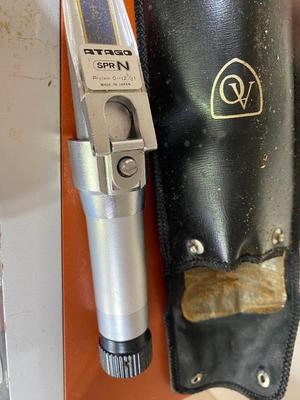
A nephelometer is an instrument dedicated to the measurement of the turbidity or cloudiness of a sample. Turbidity is usually caused by the presence of insoluble particles suspended in a liquid or gas. A nephelometer is used to measure light scattering (light reflected off the particles in a sample), not the attenuation of light (absorbance) caused by turbidity. Nephelometer microplate readers measure insoluble particles present in liquid solutions in the well of a microplate. The solution in the well is hit by a light beam perpendicular to the plane of the microplate. Suspended particles in the solution will scatter this light beam. In the nephelometer, scattering light is collected by a detector set to one side at 90° of the light source. The output of the instrument is the intensity of scattering. Particle density is calculated as a function of light scattering. To some extent, scattering for a given density of particles is dependent on specific properties of the particles such as their size, colour, and shape. Nephelometer microplate readers are instruments mainly used for monitoring turbidity and particulate presence in various fields, such as drug discovery and screening, academic life science research, and water quality monitoring. In water quality testing, scattering instruments are also referred to as turbidimeters. There is a wide variety of instruments on the market for different scattering or turbidity applications. Differences between instruments mainly depend on the position and angle between the light source and detector. Part of nephelometry but not relevant to nephelometer microplate readers is the measurement of aerosol scattering (e.g. dust pollution in the air), or the study of planetary atmospheres by gas-phase nephelometers. 4410 / 4752 sold -
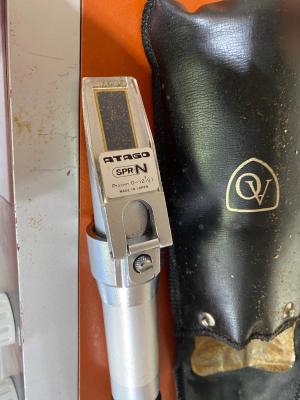
A nephelometer is an instrument dedicated to the measurement of the turbidity or cloudiness of a sample. Turbidity is usually caused by the presence of insoluble particles suspended in a liquid or gas. A nephelometer is used to measure light scattering (light reflected off the particles in a sample), not the attenuation of light (absorbance) caused by turbidity. Nephelometer microplate readers measure insoluble particles present in liquid solutions in the well of a microplate. The solution in the well is hit by a light beam perpendicular to the plane of the microplate. Suspended particles in the solution will scatter this light beam. In the nephelometer, scattering light is collected by a detector set to one side at 90° of the light source. The output of the instrument is the intensity of scattering. Particle density is calculated as a function of light scattering. To some extent, scattering for a given density of particles is dependent on specific properties of the particles such as their size, colour, and shape. Nephelometer microplate readers are instruments mainly used for monitoring turbidity and particulate presence in various fields, such as drug discovery and screening, academic life science research, and water quality monitoring. In water quality testing, scattering instruments are also referred to as turbidimeters. There is a wide variety of instruments on the market for different scattering or turbidity applications. Differences between instruments mainly depend on the position and angle between the light source and detector. Part of nephelometry but not relevant to nephelometer microplate readers is the measurement of aerosol scattering (e.g. dust pollution in the air), or the study of planetary atmospheres by gas-phase nephelometers. 4411 / 4752 sold -
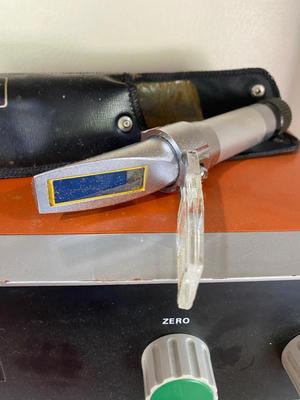
A nephelometer is an instrument dedicated to the measurement of the turbidity or cloudiness of a sample. Turbidity is usually caused by the presence of insoluble particles suspended in a liquid or gas. A nephelometer is used to measure light scattering (light reflected off the particles in a sample), not the attenuation of light (absorbance) caused by turbidity. Nephelometer microplate readers measure insoluble particles present in liquid solutions in the well of a microplate. The solution in the well is hit by a light beam perpendicular to the plane of the microplate. Suspended particles in the solution will scatter this light beam. In the nephelometer, scattering light is collected by a detector set to one side at 90° of the light source. The output of the instrument is the intensity of scattering. Particle density is calculated as a function of light scattering. To some extent, scattering for a given density of particles is dependent on specific properties of the particles such as their size, colour, and shape. Nephelometer microplate readers are instruments mainly used for monitoring turbidity and particulate presence in various fields, such as drug discovery and screening, academic life science research, and water quality monitoring. In water quality testing, scattering instruments are also referred to as turbidimeters. There is a wide variety of instruments on the market for different scattering or turbidity applications. Differences between instruments mainly depend on the position and angle between the light source and detector. Part of nephelometry but not relevant to nephelometer microplate readers is the measurement of aerosol scattering (e.g. dust pollution in the air), or the study of planetary atmospheres by gas-phase nephelometers. 4412 / 4752 sold -
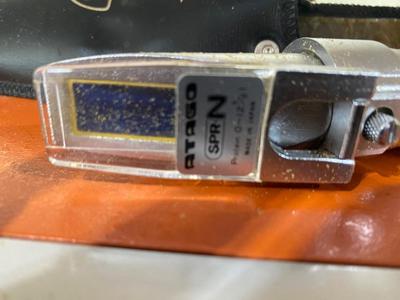
A nephelometer is an instrument dedicated to the measurement of the turbidity or cloudiness of a sample. Turbidity is usually caused by the presence of insoluble particles suspended in a liquid or gas. A nephelometer is used to measure light scattering (light reflected off the particles in a sample), not the attenuation of light (absorbance) caused by turbidity. Nephelometer microplate readers measure insoluble particles present in liquid solutions in the well of a microplate. The solution in the well is hit by a light beam perpendicular to the plane of the microplate. Suspended particles in the solution will scatter this light beam. In the nephelometer, scattering light is collected by a detector set to one side at 90° of the light source. The output of the instrument is the intensity of scattering. Particle density is calculated as a function of light scattering. To some extent, scattering for a given density of particles is dependent on specific properties of the particles such as their size, colour, and shape. Nephelometer microplate readers are instruments mainly used for monitoring turbidity and particulate presence in various fields, such as drug discovery and screening, academic life science research, and water quality monitoring. In water quality testing, scattering instruments are also referred to as turbidimeters. There is a wide variety of instruments on the market for different scattering or turbidity applications. Differences between instruments mainly depend on the position and angle between the light source and detector. Part of nephelometry but not relevant to nephelometer microplate readers is the measurement of aerosol scattering (e.g. dust pollution in the air), or the study of planetary atmospheres by gas-phase nephelometers. 4413 / 4752 sold -
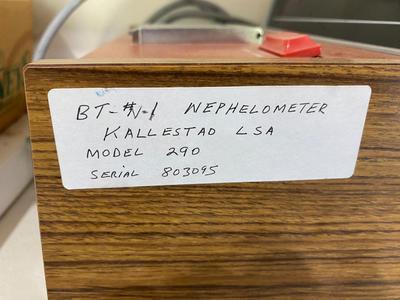
A nephelometer is an instrument dedicated to the measurement of the turbidity or cloudiness of a sample. Turbidity is usually caused by the presence of insoluble particles suspended in a liquid or gas. A nephelometer is used to measure light scattering (light reflected off the particles in a sample), not the attenuation of light (absorbance) caused by turbidity. Nephelometer microplate readers measure insoluble particles present in liquid solutions in the well of a microplate. The solution in the well is hit by a light beam perpendicular to the plane of the microplate. Suspended particles in the solution will scatter this light beam. In the nephelometer, scattering light is collected by a detector set to one side at 90° of the light source. The output of the instrument is the intensity of scattering. Particle density is calculated as a function of light scattering. To some extent, scattering for a given density of particles is dependent on specific properties of the particles such as their size, colour, and shape. Nephelometer microplate readers are instruments mainly used for monitoring turbidity and particulate presence in various fields, such as drug discovery and screening, academic life science research, and water quality monitoring. In water quality testing, scattering instruments are also referred to as turbidimeters. There is a wide variety of instruments on the market for different scattering or turbidity applications. Differences between instruments mainly depend on the position and angle between the light source and detector. Part of nephelometry but not relevant to nephelometer microplate readers is the measurement of aerosol scattering (e.g. dust pollution in the air), or the study of planetary atmospheres by gas-phase nephelometers. 4414 / 4752 sold -
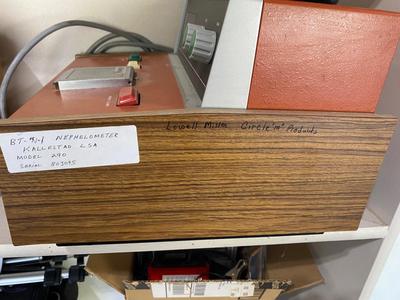
A nephelometer is an instrument dedicated to the measurement of the turbidity or cloudiness of a sample. Turbidity is usually caused by the presence of insoluble particles suspended in a liquid or gas. A nephelometer is used to measure light scattering (light reflected off the particles in a sample), not the attenuation of light (absorbance) caused by turbidity. Nephelometer microplate readers measure insoluble particles present in liquid solutions in the well of a microplate. The solution in the well is hit by a light beam perpendicular to the plane of the microplate. Suspended particles in the solution will scatter this light beam. In the nephelometer, scattering light is collected by a detector set to one side at 90° of the light source. The output of the instrument is the intensity of scattering. Particle density is calculated as a function of light scattering. To some extent, scattering for a given density of particles is dependent on specific properties of the particles such as their size, colour, and shape. Nephelometer microplate readers are instruments mainly used for monitoring turbidity and particulate presence in various fields, such as drug discovery and screening, academic life science research, and water quality monitoring. In water quality testing, scattering instruments are also referred to as turbidimeters. There is a wide variety of instruments on the market for different scattering or turbidity applications. Differences between instruments mainly depend on the position and angle between the light source and detector. Part of nephelometry but not relevant to nephelometer microplate readers is the measurement of aerosol scattering (e.g. dust pollution in the air), or the study of planetary atmospheres by gas-phase nephelometers. 4415 / 4752 sold -

A nephelometer is an instrument dedicated to the measurement of the turbidity or cloudiness of a sample. Turbidity is usually caused by the presence of insoluble particles suspended in a liquid or gas. A nephelometer is used to measure light scattering (light reflected off the particles in a sample), not the attenuation of light (absorbance) caused by turbidity. Nephelometer microplate readers measure insoluble particles present in liquid solutions in the well of a microplate. The solution in the well is hit by a light beam perpendicular to the plane of the microplate. Suspended particles in the solution will scatter this light beam. In the nephelometer, scattering light is collected by a detector set to one side at 90° of the light source. The output of the instrument is the intensity of scattering. Particle density is calculated as a function of light scattering. To some extent, scattering for a given density of particles is dependent on specific properties of the particles such as their size, colour, and shape. Nephelometer microplate readers are instruments mainly used for monitoring turbidity and particulate presence in various fields, such as drug discovery and screening, academic life science research, and water quality monitoring. In water quality testing, scattering instruments are also referred to as turbidimeters. There is a wide variety of instruments on the market for different scattering or turbidity applications. Differences between instruments mainly depend on the position and angle between the light source and detector. Part of nephelometry but not relevant to nephelometer microplate readers is the measurement of aerosol scattering (e.g. dust pollution in the air), or the study of planetary atmospheres by gas-phase nephelometers. 4416 / 4752 sold -
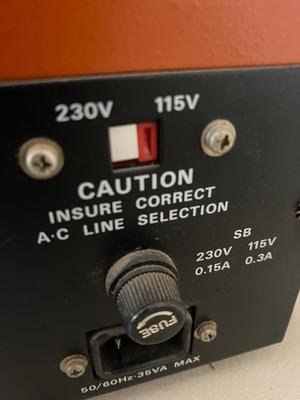
A nephelometer is an instrument dedicated to the measurement of the turbidity or cloudiness of a sample. Turbidity is usually caused by the presence of insoluble particles suspended in a liquid or gas. A nephelometer is used to measure light scattering (light reflected off the particles in a sample), not the attenuation of light (absorbance) caused by turbidity. Nephelometer microplate readers measure insoluble particles present in liquid solutions in the well of a microplate. The solution in the well is hit by a light beam perpendicular to the plane of the microplate. Suspended particles in the solution will scatter this light beam. In the nephelometer, scattering light is collected by a detector set to one side at 90° of the light source. The output of the instrument is the intensity of scattering. Particle density is calculated as a function of light scattering. To some extent, scattering for a given density of particles is dependent on specific properties of the particles such as their size, colour, and shape. Nephelometer microplate readers are instruments mainly used for monitoring turbidity and particulate presence in various fields, such as drug discovery and screening, academic life science research, and water quality monitoring. In water quality testing, scattering instruments are also referred to as turbidimeters. There is a wide variety of instruments on the market for different scattering or turbidity applications. Differences between instruments mainly depend on the position and angle between the light source and detector. Part of nephelometry but not relevant to nephelometer microplate readers is the measurement of aerosol scattering (e.g. dust pollution in the air), or the study of planetary atmospheres by gas-phase nephelometers. 4417 / 4752 sold -
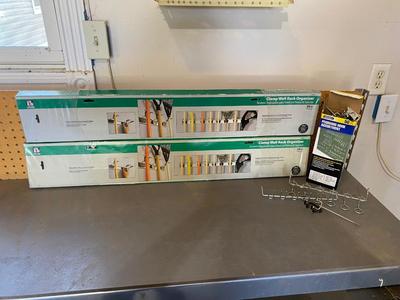
. 4418 / 4752 sold -
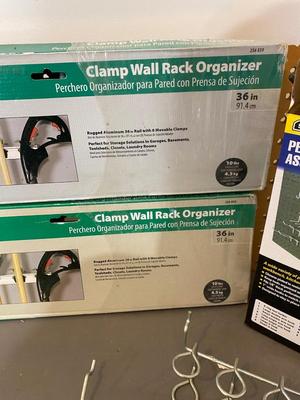
. 4419 / 4752 sold -

. 4420 / 4752 sold -
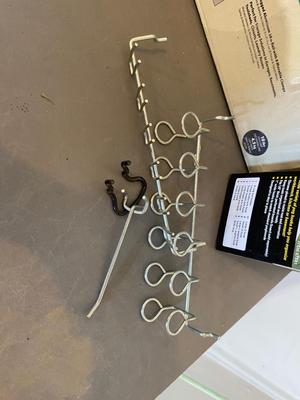
. 4421 / 4752 sold -
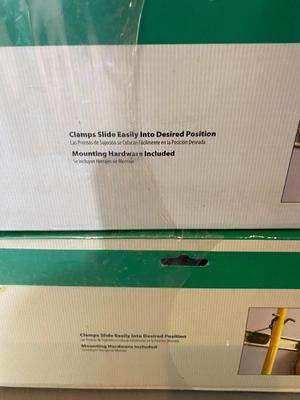
. 4422 / 4752 sold -
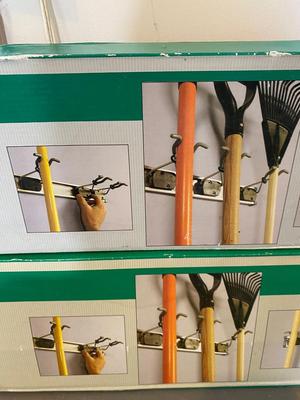
. 4423 / 4752 sold -
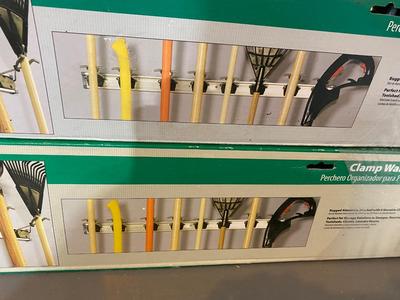
. 4424 / 4752 sold -
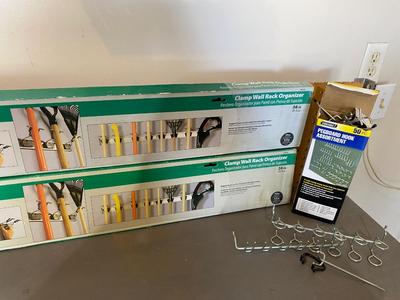
. 4425 / 4752 sold -
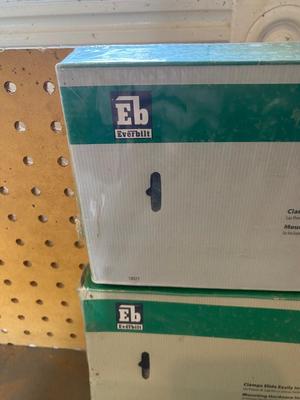
. 4426 / 4752 sold -
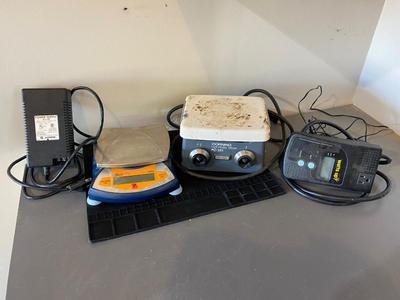
.UNTESTED 4427 / 4752 sold -
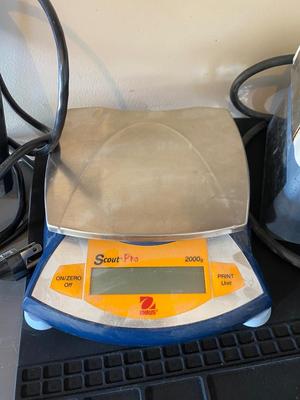
.UNTESTED 4428 / 4752 sold -
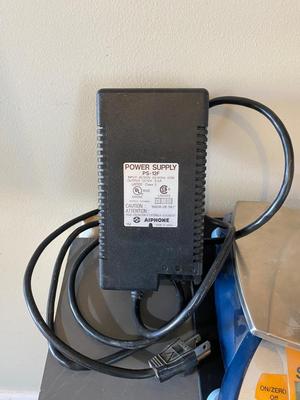
.UNTESTED 4429 / 4752 sold -
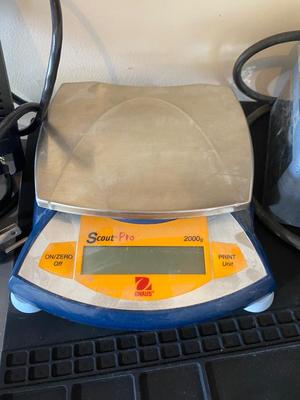
.UNTESTED 4430 / 4752 sold -

.UNTESTED 4431 / 4752 sold -
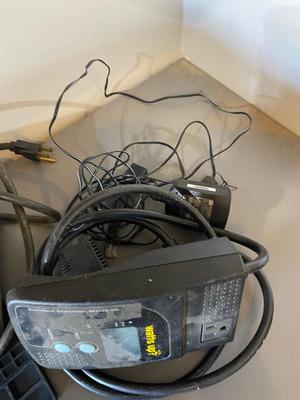
.UNTESTED 4432 / 4752 sold -
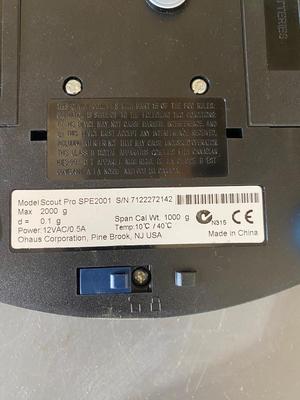
.UNTESTED 4433 / 4752 sold -
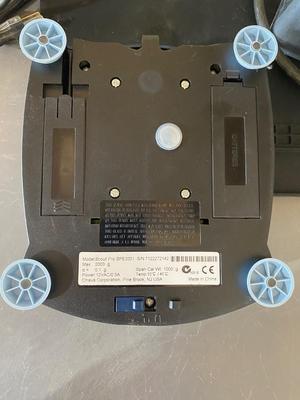
.UNTESTED 4434 / 4752 sold -
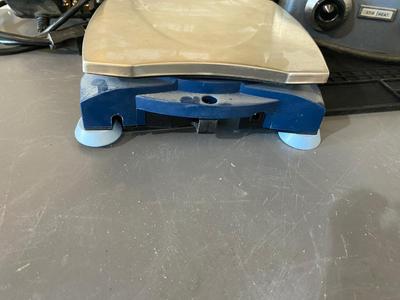
.UNTESTED 4435 / 4752 sold -
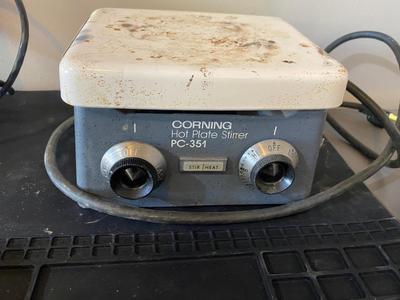
.UNTESTED 4436 / 4752 sold -
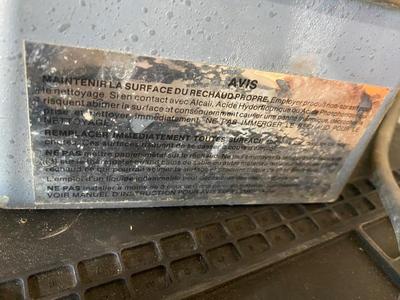
.UNTESTED 4437 / 4752 sold -
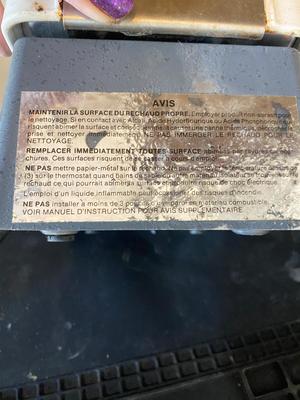
.UNTESTED 4438 / 4752 sold -
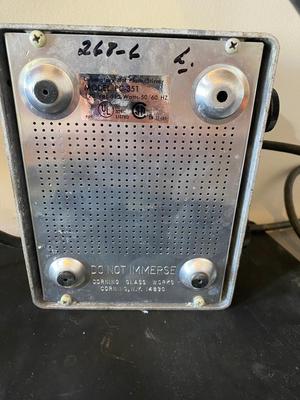
.UNTESTED 4439 / 4752 sold -
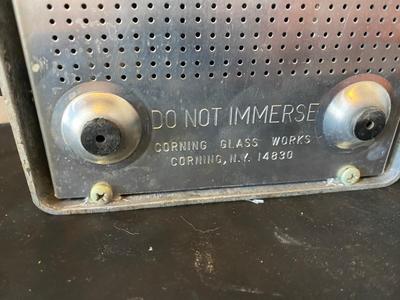
.UNTESTED 4440 / 4752 sold -
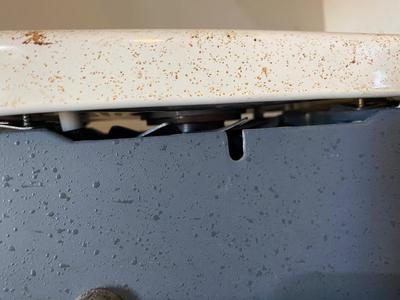
.UNTESTED 4441 / 4752 sold -
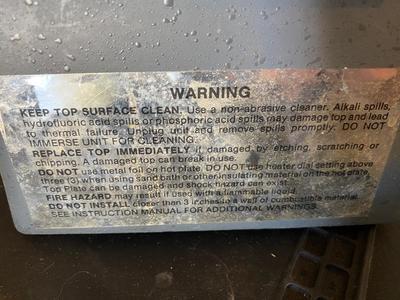
.UNTESTED 4442 / 4752 sold -
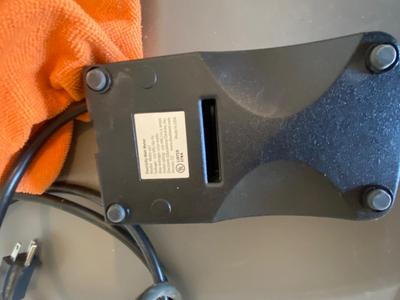
.UNTESTED 4443 / 4752 sold -
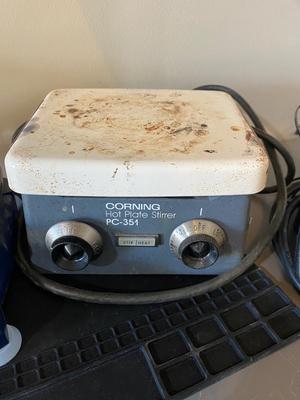
.UNTESTED 4444 / 4752 sold -
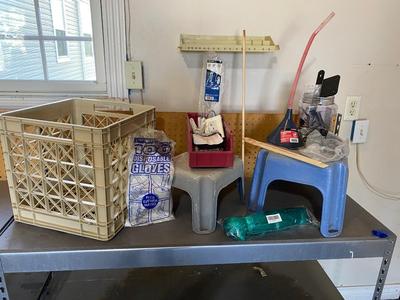
. 4445 / 4752 sold -
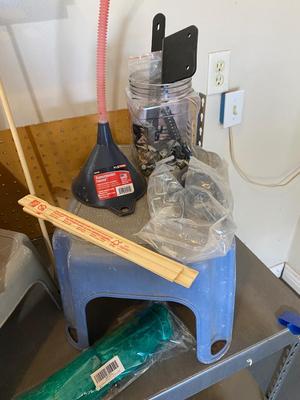
. 4446 / 4752 sold -
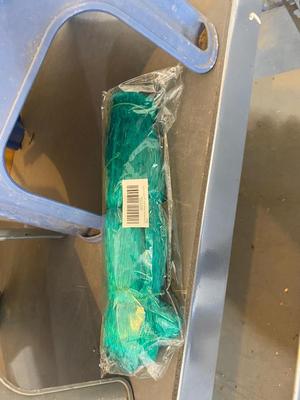
. 4447 / 4752 sold -
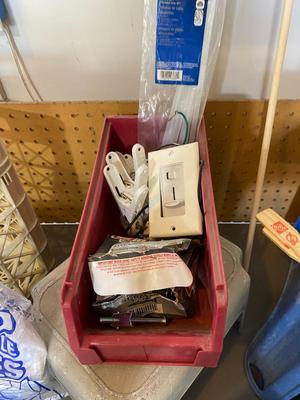
. 4448 / 4752 sold -
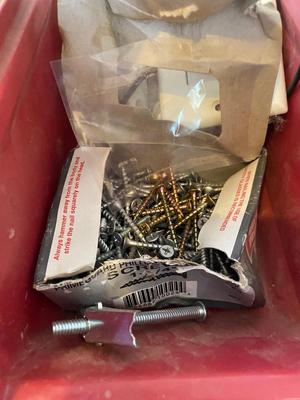
. 4449 / 4752 sold -
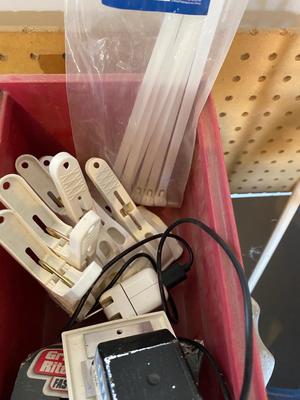
. 4450 / 4752 sold -
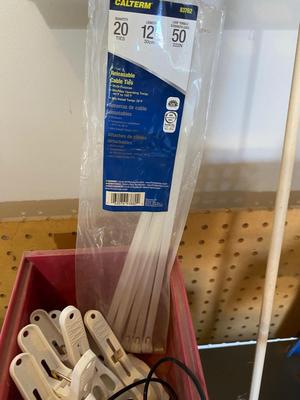
. 4451 / 4752 sold -
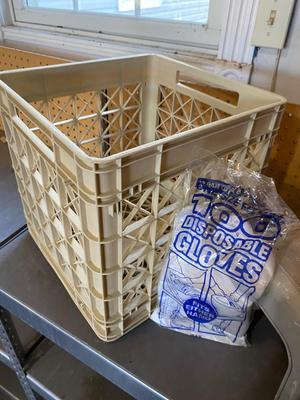
. 4452 / 4752 sold -
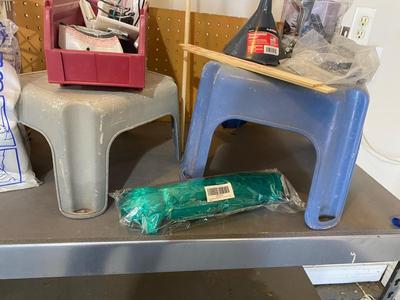
. 4453 / 4752 sold -
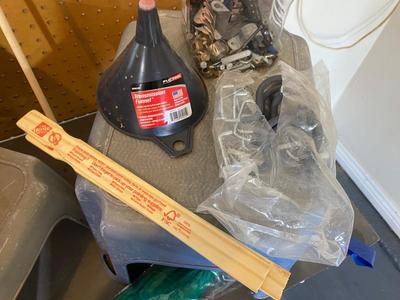
. 4454 / 4752 sold -
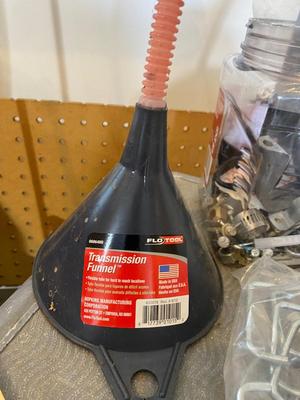
. 4455 / 4752 sold -

. 4456 / 4752 sold -

. 4457 / 4752 sold -
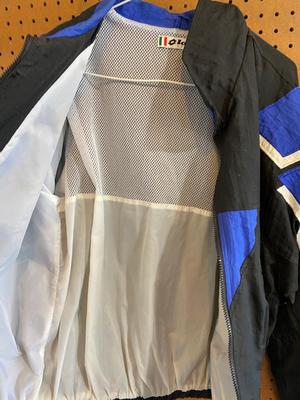
. 4458 / 4752 sold -
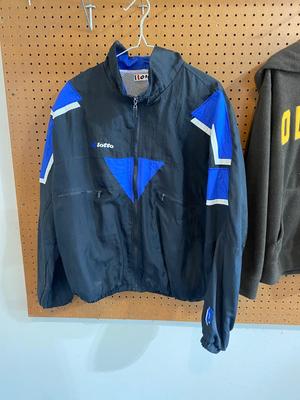
. 4459 / 4752 sold -
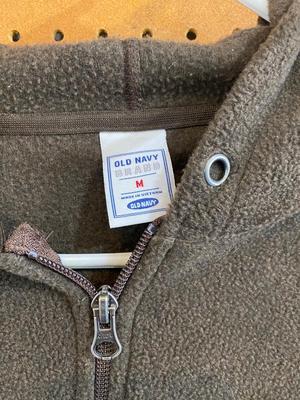
. 4460 / 4752 sold -

. 4461 / 4752 sold -
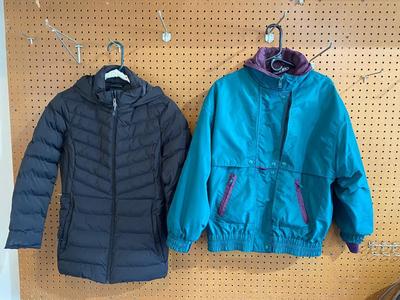
.SIZE MEDIUM 4462 / 4752 sold -
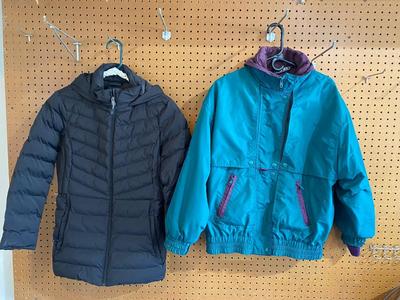
.SIZE MEDIUM 4463 / 4752 sold -
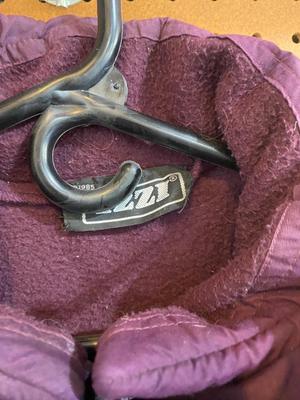
.SIZE MEDIUM 4464 / 4752 sold -
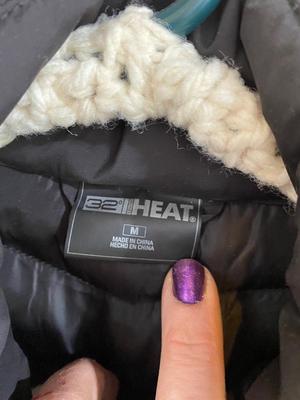
.SIZE MEDIUM 4465 / 4752 sold -
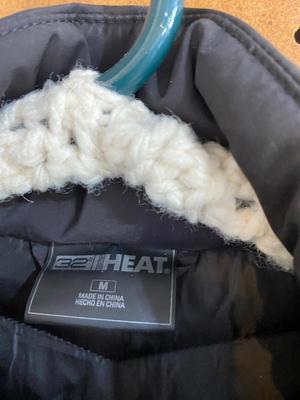
.SIZE MEDIUM 4466 / 4752 sold -
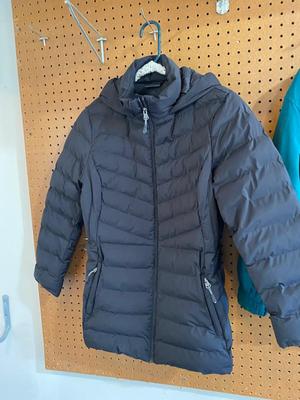
.SIZE MEDIUM 4467 / 4752 sold -
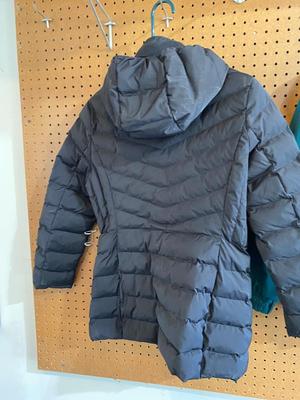
.SIZE MEDIUM 4468 / 4752 sold -
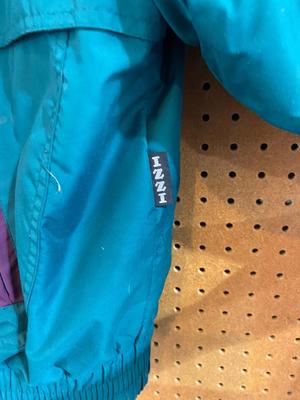
.SIZE MEDIUM 4469 / 4752 sold -
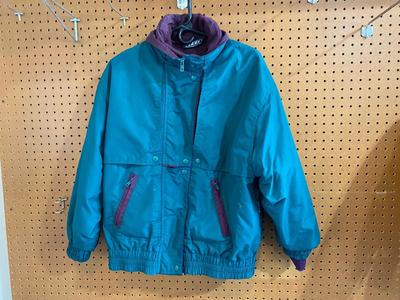
.SIZE MEDIUM 4470 / 4752 sold -
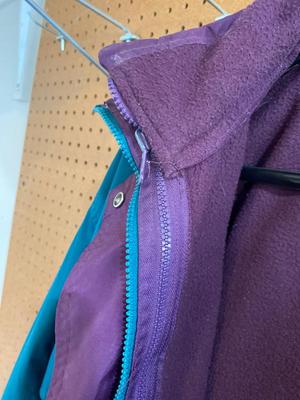
.SIZE MEDIUM 4471 / 4752 sold -
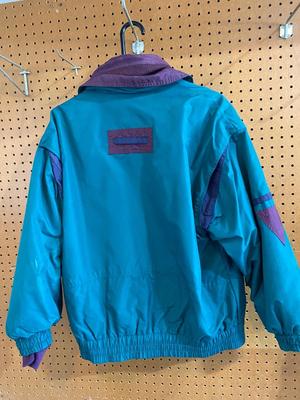
.SIZE MEDIUM 4472 / 4752 sold -

.SIZE MEDIUM 4473 / 4752 sold -
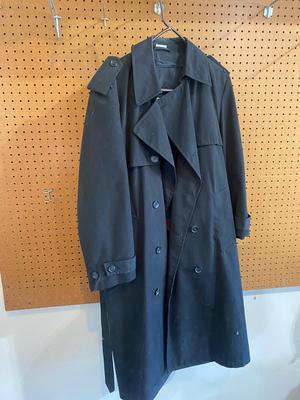
. 4474 / 4752 sold -
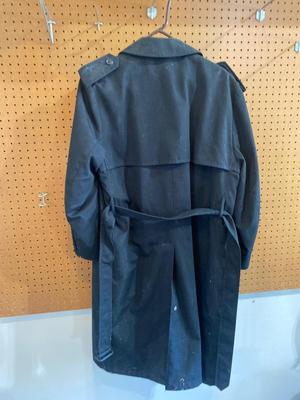
. 4475 / 4752 sold -
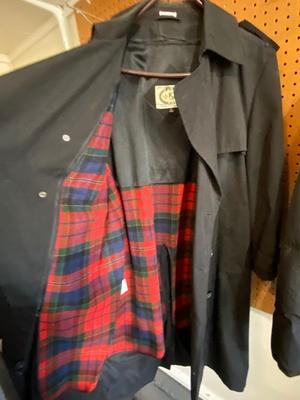
. 4476 / 4752 sold -
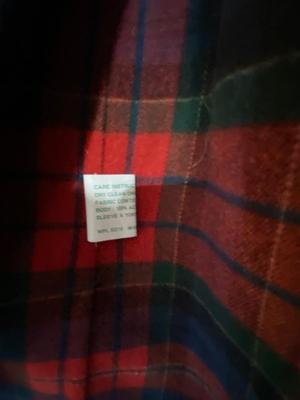
. 4477 / 4752 sold -
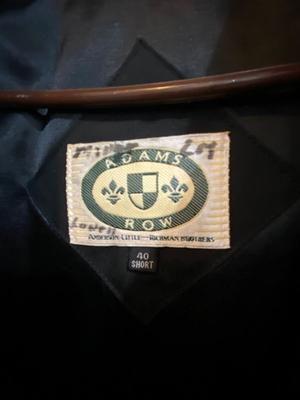
. 4478 / 4752 sold -
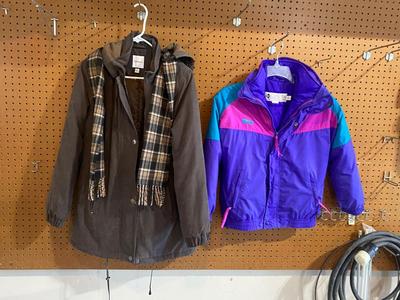
.Womens size small Youth size large 4479 / 4752 sold -
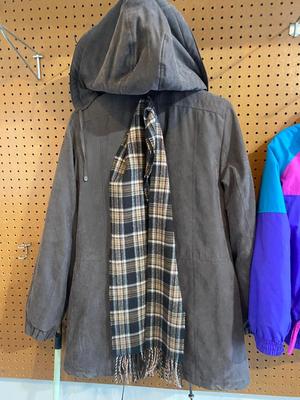
.Womens size small Youth size large 4480 / 4752 sold -
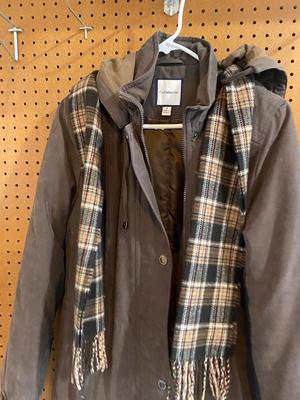
.Womens size small Youth size large 4481 / 4752 sold -
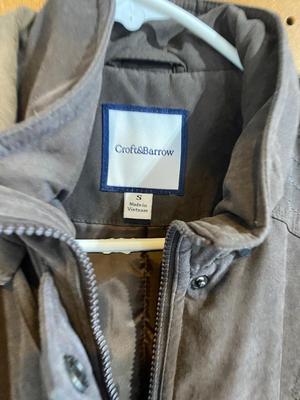
.Womens size small Youth size large 4482 / 4752 sold -
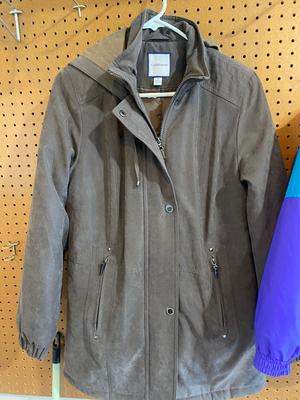
.Womens size small Youth size large 4483 / 4752 sold -
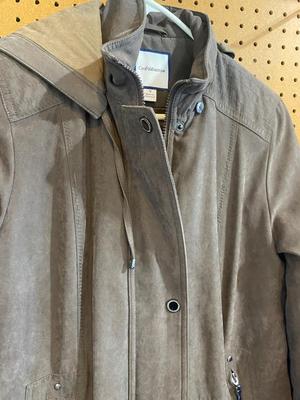
.Womens size small Youth size large 4484 / 4752 sold -
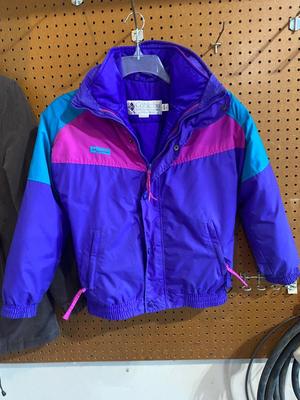
.Womens size small Youth size large 4485 / 4752 sold -
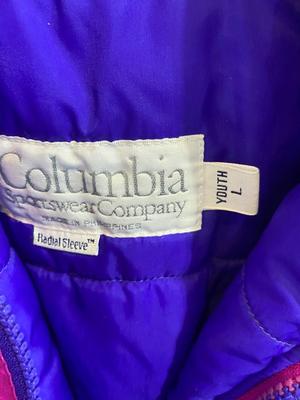
.Womens size small Youth size large 4486 / 4752 sold -

.Womens size small Youth size large 4487 / 4752 sold -
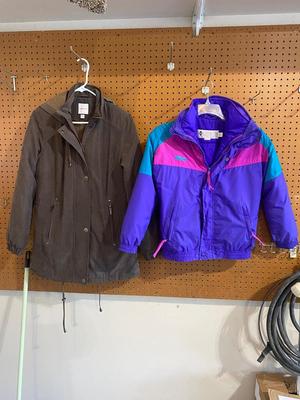
.Womens size small Youth size large 4488 / 4752 sold -
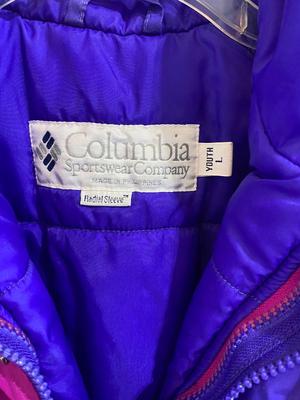
.Womens size small Youth size large 4489 / 4752 sold -
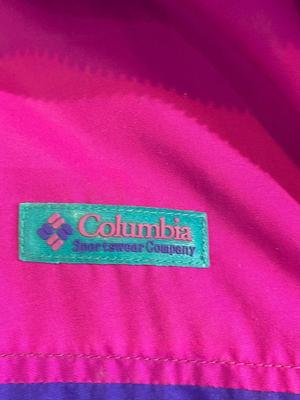
.Womens size small Youth size large 4490 / 4752 sold -
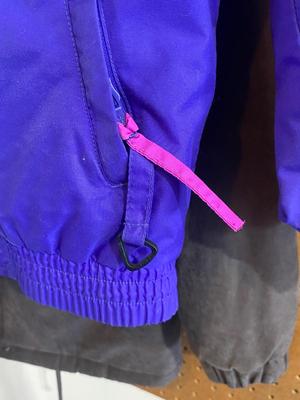
.Womens size small Youth size large 4491 / 4752 sold -

. 4492 / 4752 sold -
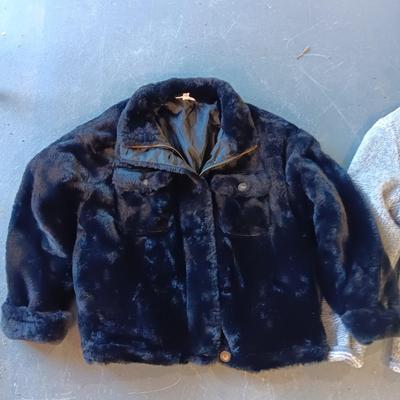
. 4493 / 4752 sold -
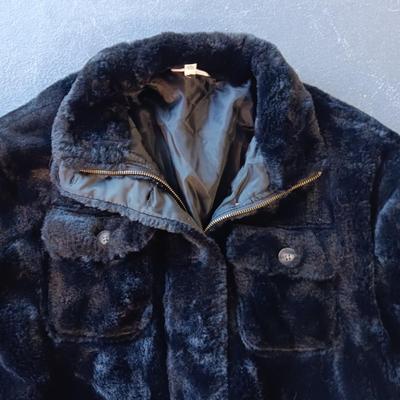
. 4494 / 4752 sold -
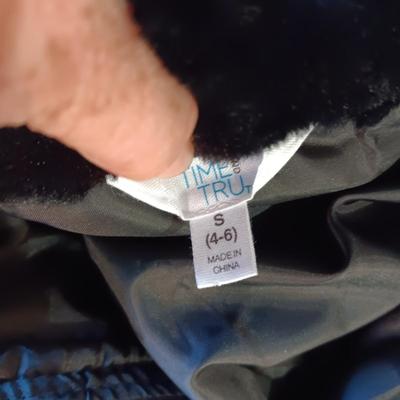
. 4495 / 4752 sold -
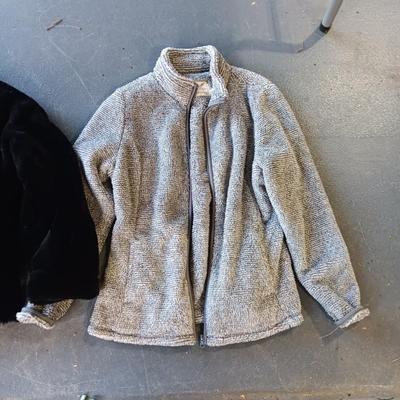
. 4496 / 4752 sold -

. 4497 / 4752 sold -
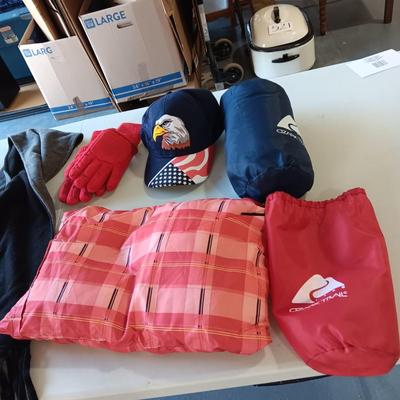
. 4498 / 4752 sold -
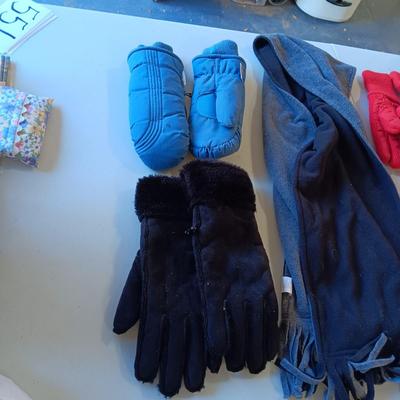
. 4499 / 4752 sold -
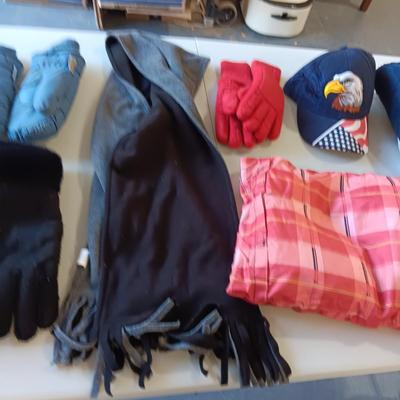
. 4500 / 4752 sold
Photos 4401 - 4500 of 4752
Per page: